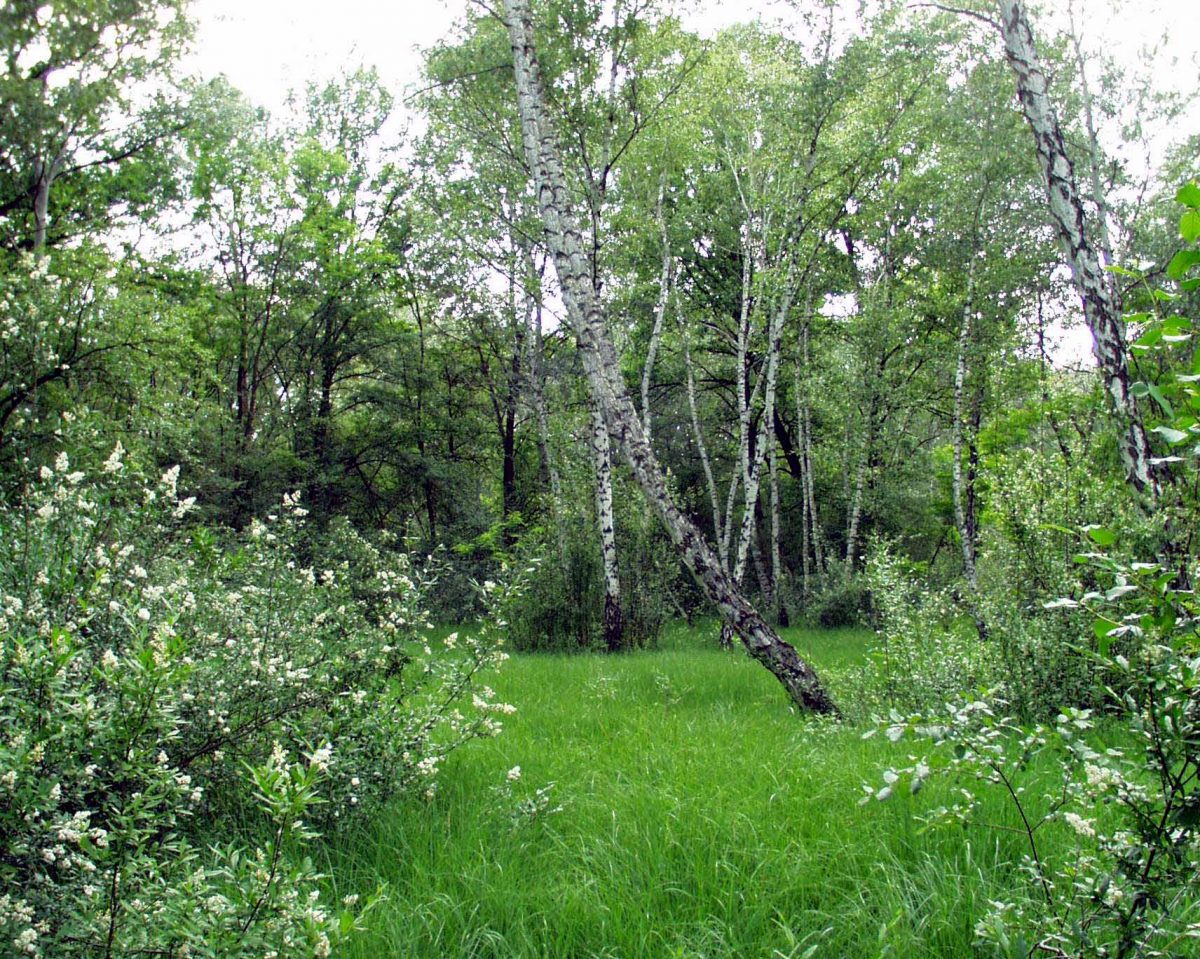
The Peszér-forest is clearly the most valuable representative of the calcareous sand forest steppe habitat complex in Hungary, acting as a regional hotspot of biodiversity, hosting extensive habitats of Community interest and several populations of species of Communitiy interest.
The conservation status of the overall project area (especially those parts, which does not fall under national protection, therefore the most of this site) shows expressed ambiguity.
While the habitats located at the lands registered as ‘grassland’ in the Hungarian land registry system can be characterized by favourable conservation status, the habitats located at lands registered as ‘forest’ (which, in fact, include not only the wooded habitats, but clearings, i.e. meadows, as well) show unfavourable and still declining conservation status. The reason for this ambiguity is, that in the case of grassland we could have introduced and have promoted the adequate utilization method/management system (i.e. extensive cattle grazing) which contributes to the sustenance of favourable conservation of natural habitats.
Unfortunately, similarly effective utilization/management system has not been found the forests. According to this phenomenon, this project focuses exclusively on the local habitats types with unfavourable conservation status. The project area – notwithstanding the undoubtable negative effects of several threatening factors – still hosts one of the most species-rich habitat complex of the Pannonian biogeographical region.
